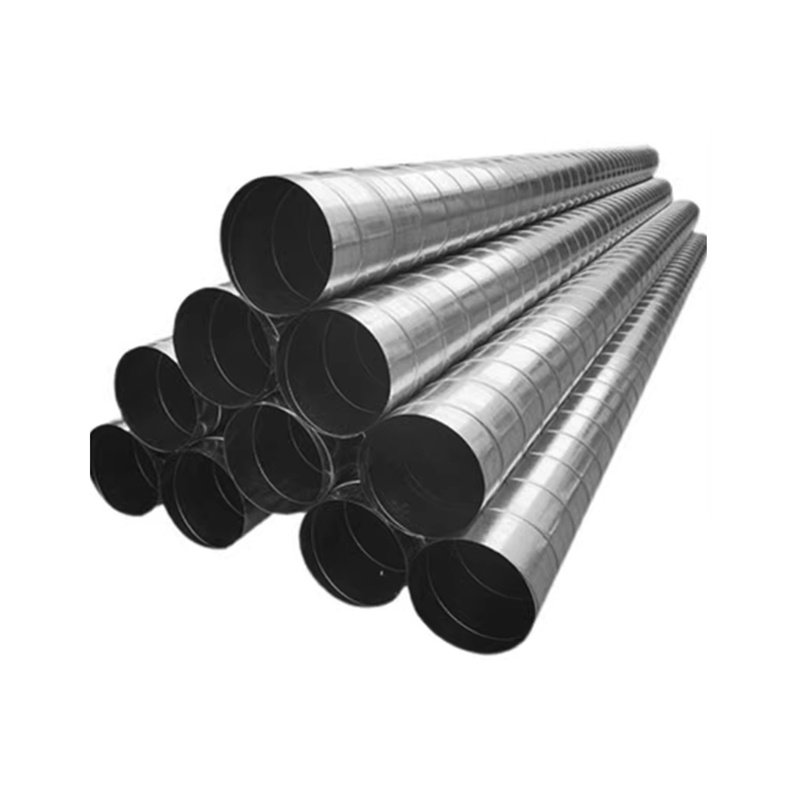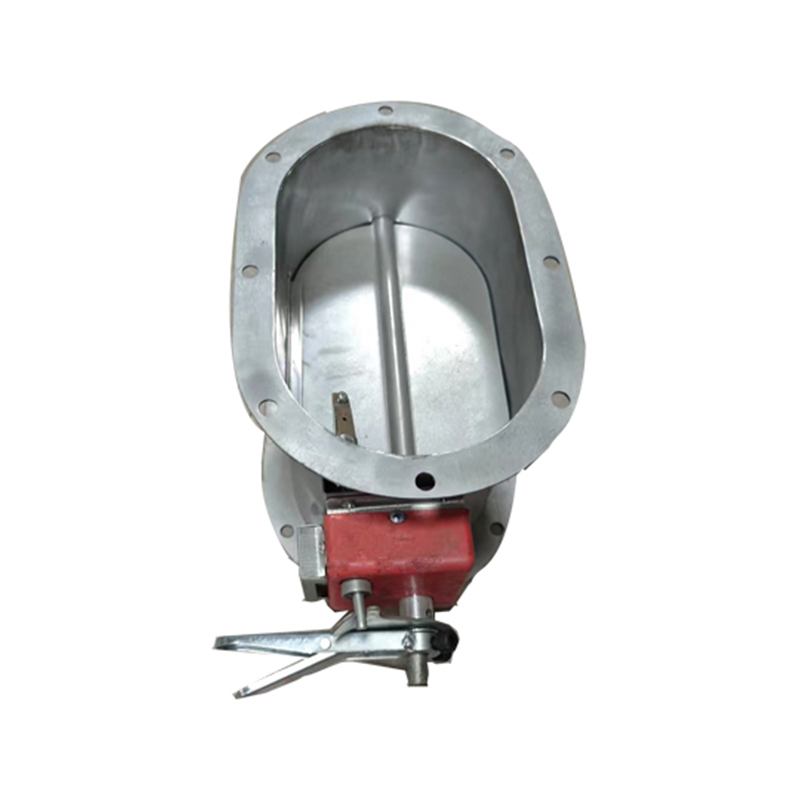How to install PVC composite aluminum foil tube so that it does not leak air?
Release Time : 2025-06-05
When installing the PVC composite aluminum foil tube, avoiding air leakage requires careful handling of every link from preliminary preparation to specific operation. First, check the integrity of the pipes and accessories to ensure that the PVC composite aluminum foil tube itself is not damaged or cracked, and the matching connectors such as flanges and clamps are not deformed or damaged. At the same time, determine the direction of the pipeline according to the installation environment, and try to reduce unnecessary bends when planning, because too many bends will not only increase wind resistance, but also cause air leakage due to stress concentration at the interface. Marking the pipeline path on the wall or ceiling with a marker in advance can make subsequent installation more organized.
Pipeline connection is a key step to prevent air leakage. When two PVC composite aluminum foil tubes need to be docked, make sure that the pipe mouths are aligned and flat. You can first expand one end of a pipe slightly so that it can fit tightly into the port of another pipe to form a socket structure. After inserting, wrap a special aluminum foil tape around the interface. The tape should extend from the center of the interface to both sides, covering at least 5 cm of the pipe surface. Apply force evenly when winding to avoid bubbles or wrinkles, which can effectively enhance the sealing of the interface.
When using flange connection, it is necessary to install a sealing gasket between the flanges. The sealing gasket can be made of rubber or silicone, and its elasticity can fill the tiny gaps on the flange surface. When installing the flange, the bolts should be tightened symmetrically and evenly to avoid deformation of the gasket or skewness of the flange due to uneven force. If there is still a slight gap at the flange interface, it can be reinforced with aluminum foil tape on the outside to double the protection to prevent air leakage.
For the connection between the pipeline and the equipment, such as the connection with the fan, air outlet and other components, it is also necessary to handle it carefully. First trim the pipeline port flat, then slowly insert it into the equipment interface to ensure that the insertion depth is sufficient. After insertion, use a clamp to tightly fix the interface. The position of the clamp should be as close to the equipment interface as possible to reduce the impact of pipeline shaking. At the same time, apply a circle of sealant evenly on the outside of the clamp. After the sealant is cured, it can form an elastic sealing layer to further prevent air leakage.
Where the pipeline passes through the wall or floor, it is easy to cause air leakage due to the gap between the reserved hole and the pipeline. At this time, it is necessary to fill the gap between the pipe and the hole with flexible sealing materials, such as rock wool or polyurethane foam caulking agent. When filling, make sure that the material fills the entire gap and no gaps are left. After filling, seal the walls or floors with sealant on both sides to form a complete sealing system between the pipe and the building structure.
During the installation process, it is very important to check the tightness of the pipe at any time. You can use your hands to feel whether there is airflow blowing out at each interface, or listen to whether there is a "hissing" sound of air leakage in a relatively quiet environment. If you find that there is air leakage somewhere, you should disassemble it and reprocess it in time, and don't be lucky. Especially for the pipes in concealed projects, it will be more troublesome to make rectifications after the installation is completed, so you must ensure that every link is in place during the installation.
Finally, after the entire installation work is completed, you can also conduct a comprehensive sealing test. By introducing a certain pressure of air into the pipe, use a smoke tester or an electronic leak detector to detect whether there is an air leakage point. If the test result shows that there is no air leakage, it means that the installation is qualified; if air leakage is found, you need to check and solve the problem one by one according to the above method. Only by paying attention to details in every step and strictly following the specifications can we ensure that the PVC composite aluminum foil tube maintains good sealing during use and achieves the best ventilation effect.







